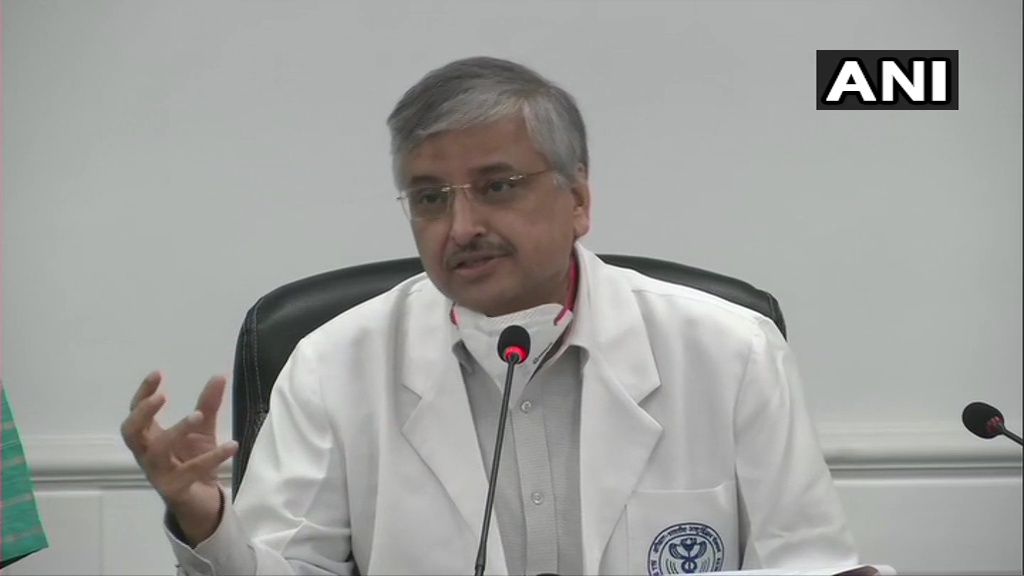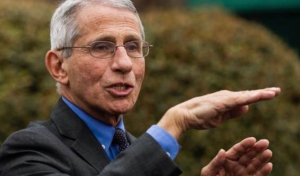The world is slowly starting to get a grip on the COVID-19 pandemic that has claimed millions of lives and disrupted life across the globe for the better part of two years. But scientists predict future waves of the pandemic, which will potentially be more devastating, are likely. So why do they come in waves?
Also read: Pfizer to begin testing its COVID-19 vaccine on children under 12
All India Institute of Medical Sciences (AIIMS) chief Dr Randeep Guleria addressed the topic in a presser on Tuesday. He said that when it comes to pandemics caused by respiratory viruses, there are chances of occurrence of multiple waves, but the infection becomes seasonal when major part of the population develops immunity, either through inoculation or by natural infection.
“Waves normally occur in pandemics caused due to respiratory viruses – the 1918 Spanish Flu, H1N1 (swine) flu are examples. The second wave of 1918 Spanish Flu was the biggest, after which there was a smaller third wave,” the AIIMS director was quoted as saying by ANI.
Also read: When should a COVID patient take medical support? Dr Randeep Guleria answers
Dr Guleria added, “Multiple waves occur when there is a susceptible population. Waves can occur due to change in the virus (such as new variants). Since new mutations become more infectious, there is a higher chance for the virus to spread.”
A similar trend was witnessed during Spanish flu in 1918 and also during NH1 Swine flu pandemic in 2009, said Dr Guleria.
While talking about the change in variants he added that different strains like – Alpha and Delta – of SARS-CoV2 have been detected, but it has been attributed to the change in human behaviour. He also appealed to people to adhere to the COVID-appropriate norms.
Also read: 216 crore vaccine doses to be available by Dec 2021, enough to cover all Indians: Centre
“Whenever cases increase, there is a fear in people and human behaviour changes. People strictly follow COVID-appropriate behaviour and non-pharmaceutical interventions help break the chain of transmission. But when unlocking resumes, people tend to think that not much infection will happen and tend to not follow COVID appropriate behaviour. Due to this, the virus again starts spreading in the community, leading potentially to another wave,” he said.
“If we have to stop subsequent waves, we need to aggressively follow COVID appropriate behaviour until we can say that a significant number of our population is vaccinated or has acquired natural immunity. When enough people are vaccinated or when we acquire natural immunity against the infection, then these waves will stop. The only way out is to strictly follow COVID appropriate behaviour,” Dr Guleria explained.







